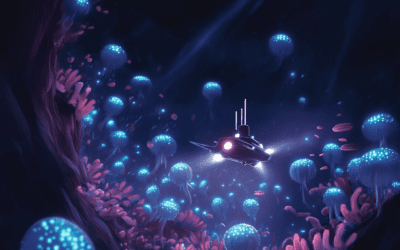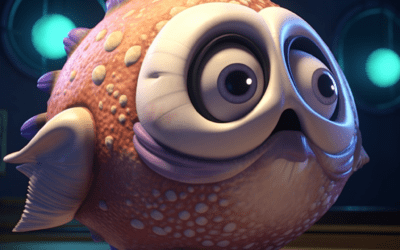If Flying is an Advantage, How Could Penguins Have Evolved Not to Fly?
Why Don’t Penguins Fly?
Penguins do not fly because they have adapted to life in the water instead of the sky. While most birds have wings designed for flying, penguins have wings that evolved into flippers, which help them swim gracefully in the ocean. Just like fish, penguins have a streamlined body shape that helps them glide through the water.
Benefits of Not Flying
Evolution can lead to different adaptations depending on the environment and lifestyle of an animal. For penguins, not flying actually gives them many advantages. Let’s explore:
1. Swimming Expertise: By not having to divide their energy between swimming and flying, penguins have become expert swimmers. Their feathers are waterproof, keeping them dry and insulated in the cold water.
2. Hunting Abilities: Penguins can dive deep into the ocean to catch their food. Their inability to fly allows them to focus on honing their hunting skills underwater.
3. Specialized Habitat: Penguins primarily live in icy regions where flying might not be as practical. Steep cliffs and icy waters provide them with a secure environment, as they can use their flippers and streamlined bodies to navigate these challenging terrains.
4. Predator Protection: By not flying, penguins are protected from some predators that hunt in the sky. They have evolved to be excellent swimmers, making it easier to escape underwater from potential aerial threats.
How Did Penguins Evolve to Not Fly?
The evolution of penguins from flying ancestors is a fascinating story! Over millions of years, penguins started as birds that could fly, just like many others. But as they adapted to life in the water, their bodies changed in incredible ways.
1. Wings as Flippers: Through evolution, the wings of penguins transformed into flippers. These flippers are perfectly designed for swimming rather than flying. With strong muscles and flattened shape, penguins can move quickly and precisely in the water.
2. Loss of Hollow Bones: Birds that fly have hollow bones to make them lighter for the skies. Penguins, on the other hand, have denser bones, which help them dive and swim more efficiently.
3. Reduced Wing Size: Penguins have relatively short wings compared to their body size. This adaptation helps reduce drag when they swim, allowing them to be more agile underwater.
4. Loss of the Keel: The keel is a projection on the breastbone of flying birds, which helps anchor their powerful flight muscles. As penguins stopped flying, their keel became less prominent since they no longer needed to support those massive muscles for flying.
Final Thoughts
Even though penguins cannot fly, they have become masters of the sea. Evolution played a critical role in shaping their bodies for life underwater. Instead of flying through the sky, penguins have evolved unique adaptations, such as flippers, streamlined bodies, and waterproof feathers, to thrive in their icy habitats. So, the next time you see a penguin waddling on the land or gracefully swimming in the water, appreciate their incredible journey of evolution!
In conclusion, if flying is an advantage, penguins have evolved not to fly by adapting their wings into flippers, becoming expert swimmers, and excelling in their specialized habitat. By understanding the incredible evolutionary process that transformed penguins, we can appreciate their unique abilities and the diversity of life on our planet.












